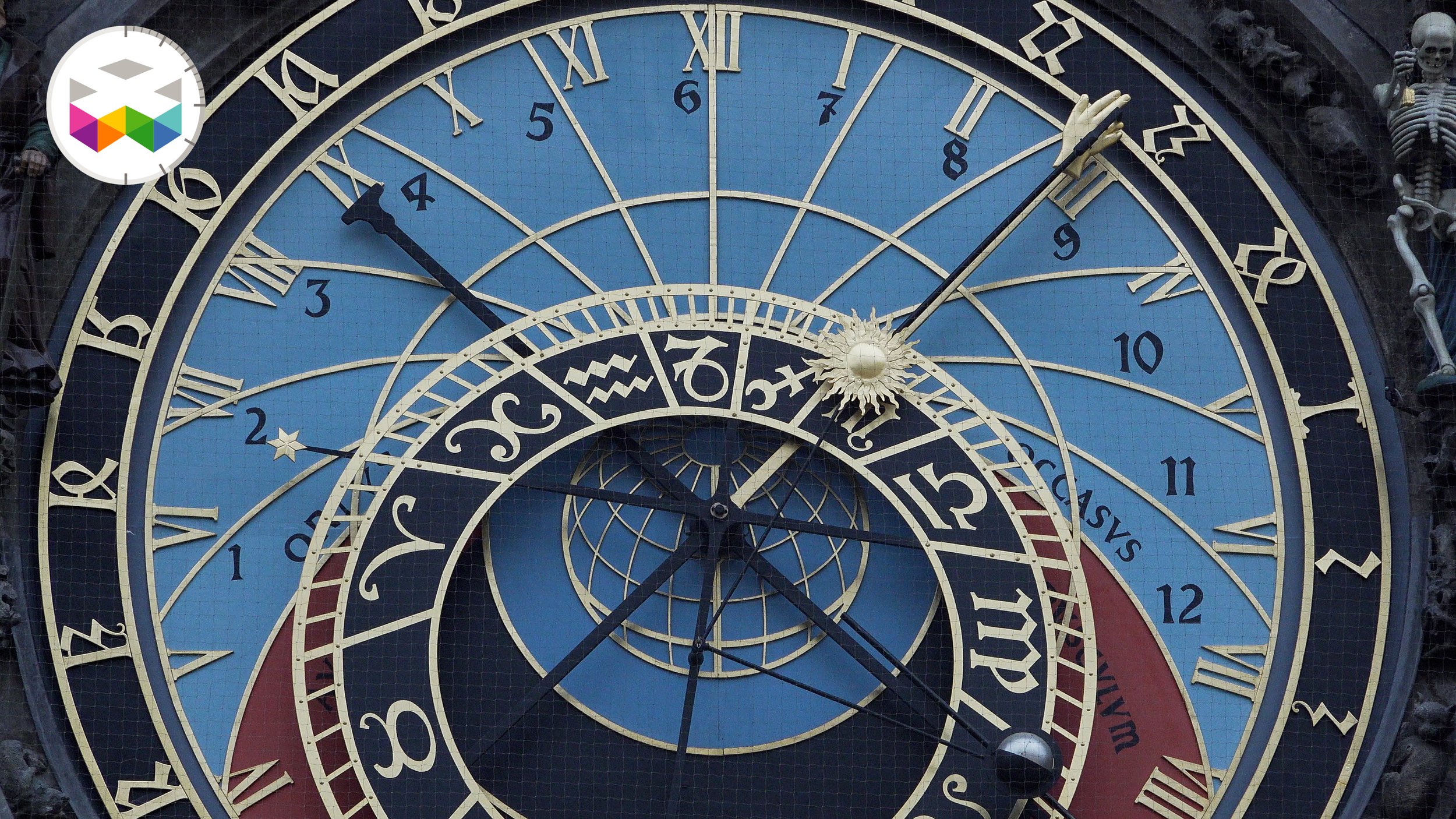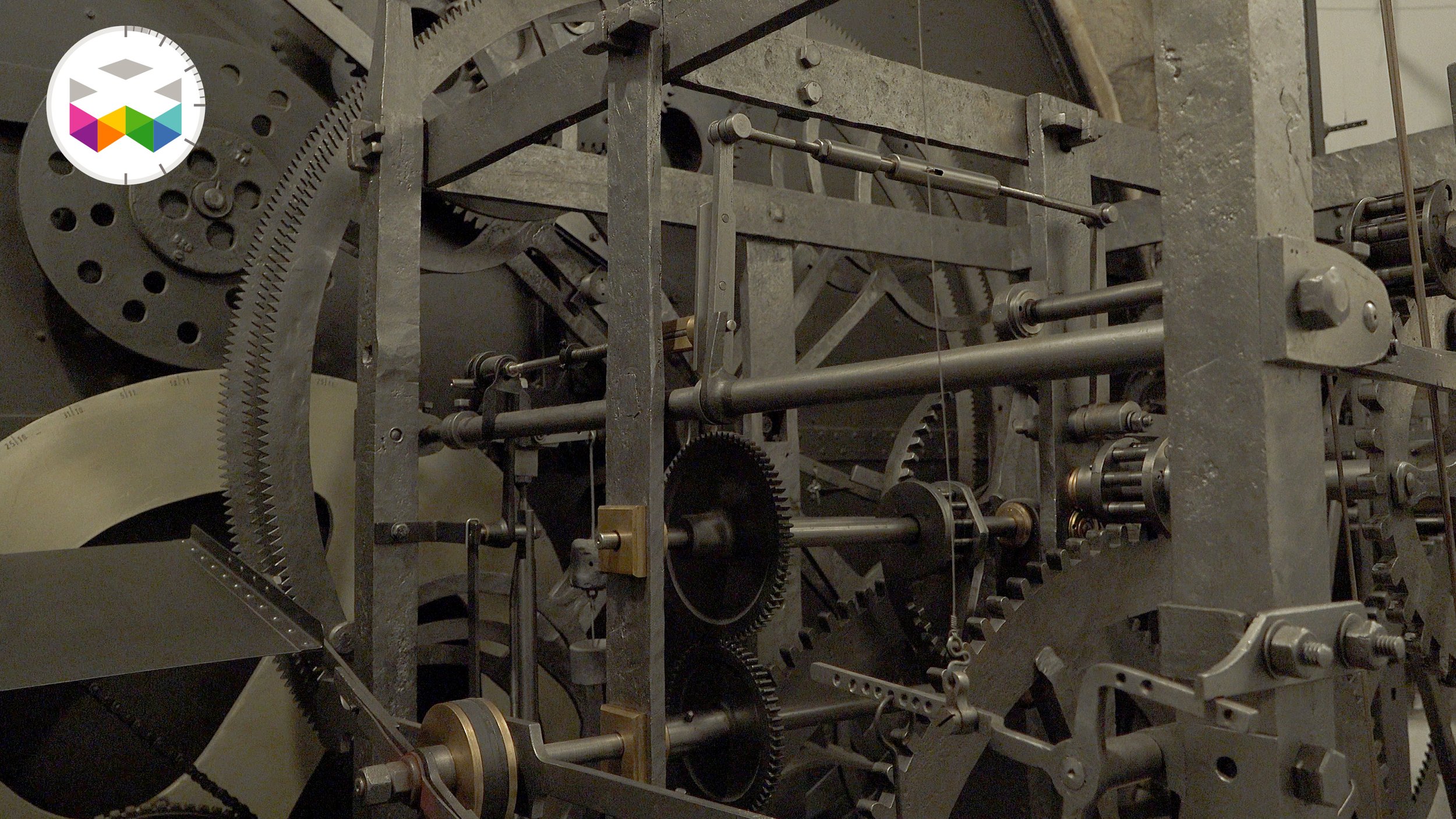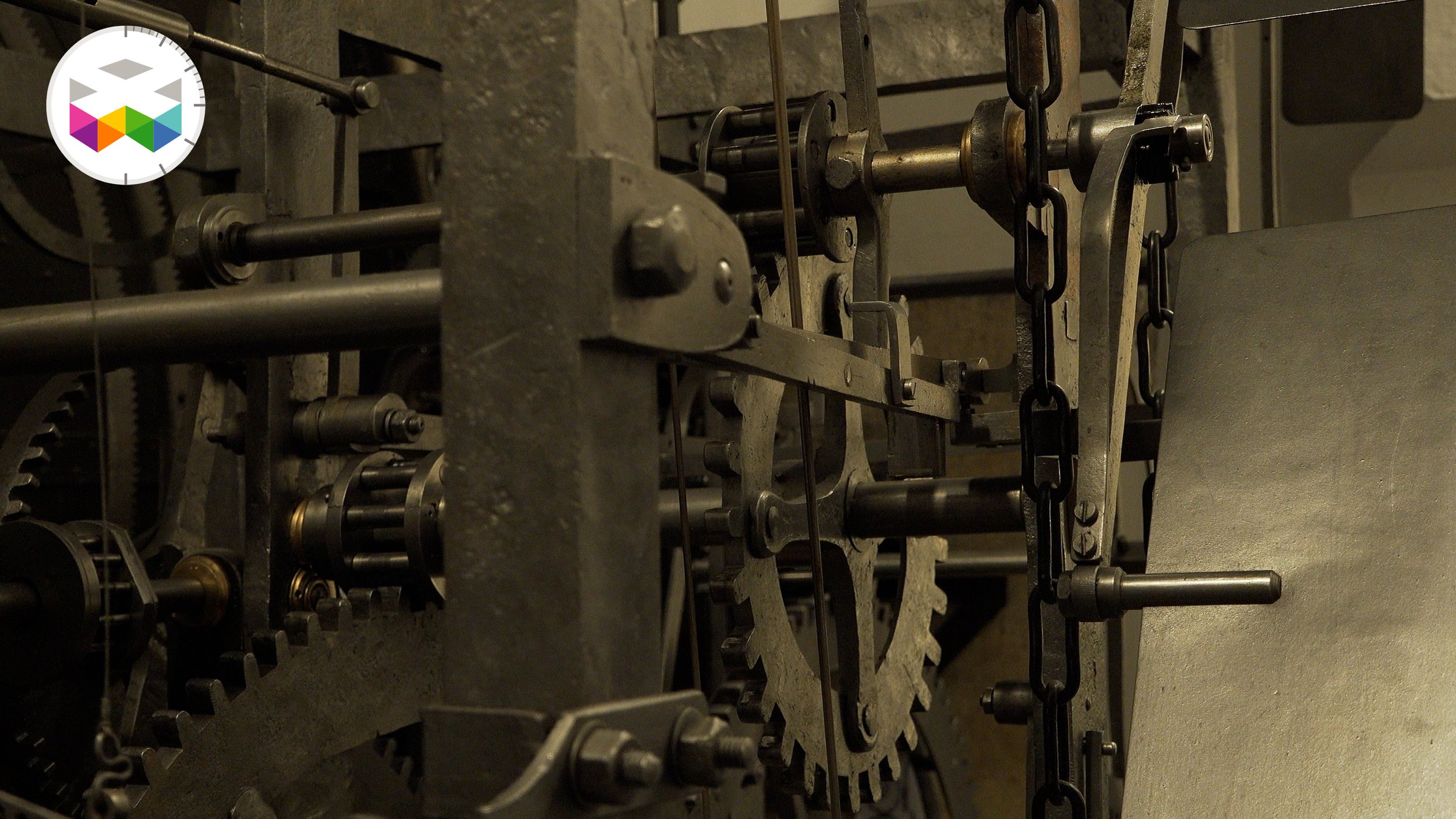Discovering Prague's famous Astronomical Clock
The secrets of the Prague astronomical clock
In today's special episode, Johanna went on a mission to discover and learn more about the Astronomical Clock of Prague, dating back to 1410. It is one of the watchmaking historical marvels. On her journey, she met with David Knespl PhD, an expert and a true well of knowledge who shared the history of this beautiful clock and its mechanism.
The history of the Astronomical Clock of Prague or Prague Orloj dates back to the beginning of the XV century. It is known as one of the oldest astronomical clocks still in operation. Another beautiful piece of medieval watchmaking, the Zytglogge's astronomical clock, could be found in Switzerland, in Bern. Both mechanisms are built form of an astrolabe, an ancient astronomical instrument that was a handheld model of the universe.
But unlike his brother in Bern, Prague Orloj is a bit more complicated and survived many perturbations in its life. The latest version of the clock that we can see now, has only ¾ of the original pieces. Both, the main dial and the calendar beneath it, were almost completely demolished after the attack of the Nazi army on Polish resistance in May 1945. The restoration process took 3 years and blueprints from the XVII century were used as guidelines. The latest upgrade took place in 2018 when the automatic movement was replaced with the original one from the 1860s.
The clock mechanism has three main components. The geocentric astronomical dial represents the position of the Sun and Moon in the sky. It is operated by the main machine, controlling three pointers of the astronomical dial with three concentric wheels. Three large coaxial wheels have the same diameter, but unequal number of teeth : 365 teeth there are on the wheel moving the zodiac and the ecliptic, 366 teeth there are on wheel moving the Sun and the golden hand, and 379 teeth there are on wheel moving the raffia of the Moon.
The second component is "The Walk of the Apostles", an hourly show of moving Apostle figures added to the clock in the XVII century. And the third one is a calendar dial with medallions representing the months with days and holidays displayed on the circumference of the dial. The rotation of the board of the latter one was performed by hand until the XVI century.
The mechanical clock and astronomical dial are the oldest parts of the Orloj. They were made by clockmaker Mikuláš of Kadaň based on the model presented by Jan Šindel, professor of mathematics and astronomy of Prague University. Being the most complicated mechanism of that era, it displays time in several different formats. The outer edge of the clock is decorated with golden numerals written in Schwabacher and representing the 24-hours format of old Bohemian time, when the new day started with sunset. The golden Roman numerals at the outer edge of the blue sky circle are the timescale of a normal 24-hour day and indicate local Prague time or Central European Time. And curved golden lines dividing the blue part of the dial into 12 parts with Arabic numerals are marks for unequal "hours". These hours are defined as 1/12 of the time between sunrise and sunset and vary as the days grow longer or shorter during the year.
It is believed that dark times come to Prague if the clock stops working. Another legend states that it was cursed by the creator so everyone who would try to fix it fails. But in fact, the clock has been broken and fixed already multiple times. During one of the earliest reparations, it got its first moving figurines, including the small statue representing Death, set on the side of the main dial. According to the local folktale, the master who did the renovation was blinded so he could not repeat his work anywhere else.








